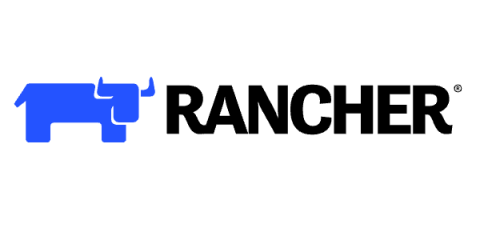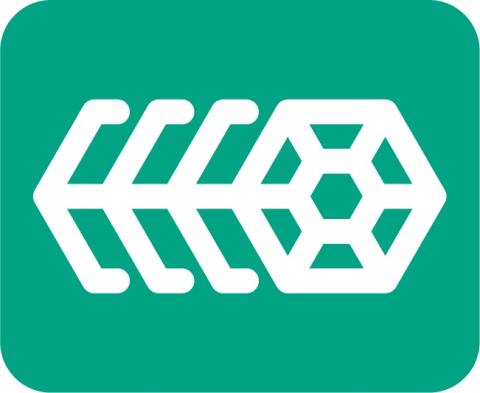How to Build and Run Your Own Container Images
The rise of containerization has been a revolutionary development for many organizations. Being able to deploy applications of any kind on a standardized platform with robust tooling and low overhead is a clear advantage over many of the alternatives. Viewing container images as a packaging format also allows users to take advantage of pre-built images, shared and audited publicly, to reduce development time and rapidly deploy new software.









